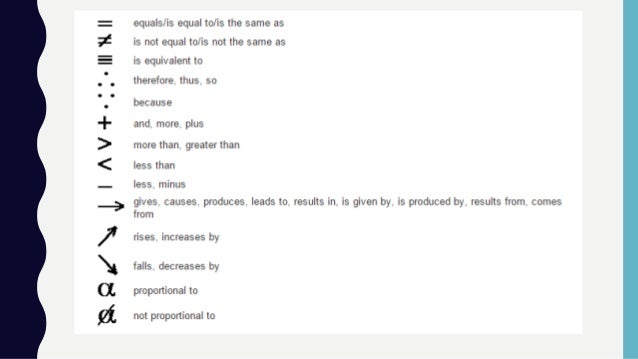

After all, they’re just so darn efficient. See, part of my brain is completely A-OK that computers will someday be our all-powerful overlords. Today we’re going to dive into some ideas I’ve got for taking notes in class more quickly – but first, let’s talk a bit about computers.

Solution 2: Create Your Own Shorthand System.Solution 1: Use a Simpler Shorthand Method.For example, you abbreviate the United Kingdom by writing "U.K." and abbreviate Great Britain by writing "G.B." The abbreviation for "English" is "Eng.," and the abbreviation for "British" is "Brit." In addition, "Q" stands for "question" and "A" represents "answer." You write the phrase "as soon as possible" by writing "ASAP" as well. Some abbreviations typically are capitalized during note-taking. Note that an abbreviation generally should still be understood even if you add a period to one that commonly does not have one, or vice versa. When taking notes using abbreviations, write "versus" by using the abbreviation "vs" and "wd" for "word." Also, to shorten the words "reference" and "difference," use "ref" and "diff" respectively, according to. "Yr" stands for "year," and "w/" stands for "with." Likewise, you should write "w/o" for "without" and "w/i" for "within." The phrase "b/c" easily replaces the word "because," and "b/4" can be used for "before." In addition, "re:" stands for regarding. Letters without PeriodsĪ wide range of other common note-taking abbreviations do not necessarily include periods. For instance, you can write "i.e.," which means "that is," as well as "etc.," which stands for "so forth." You can abbreviate the word "especially" by writing "esp." and the words "minimum" and "maximum" by writing "min." and "max." In addition, the phrase "for example" is represented by "e.g." Also, "c." stands for "circa" or "around" - as in "around the year 1900," according to the Institute for Library and Information Literacy Education. Many other abbreviations used during note-taking commonly feature periods.


 0 kommentar(er)
0 kommentar(er)
